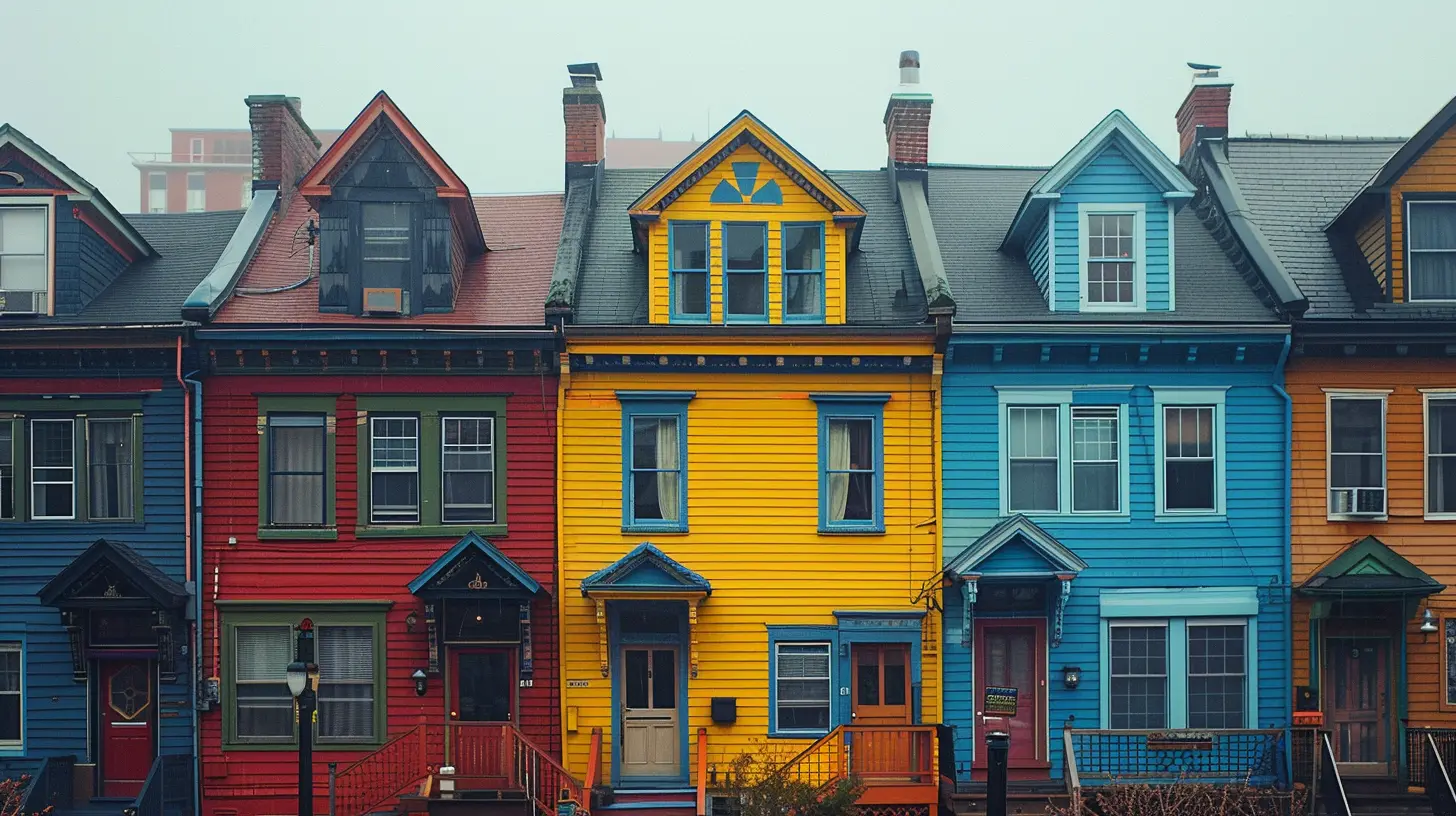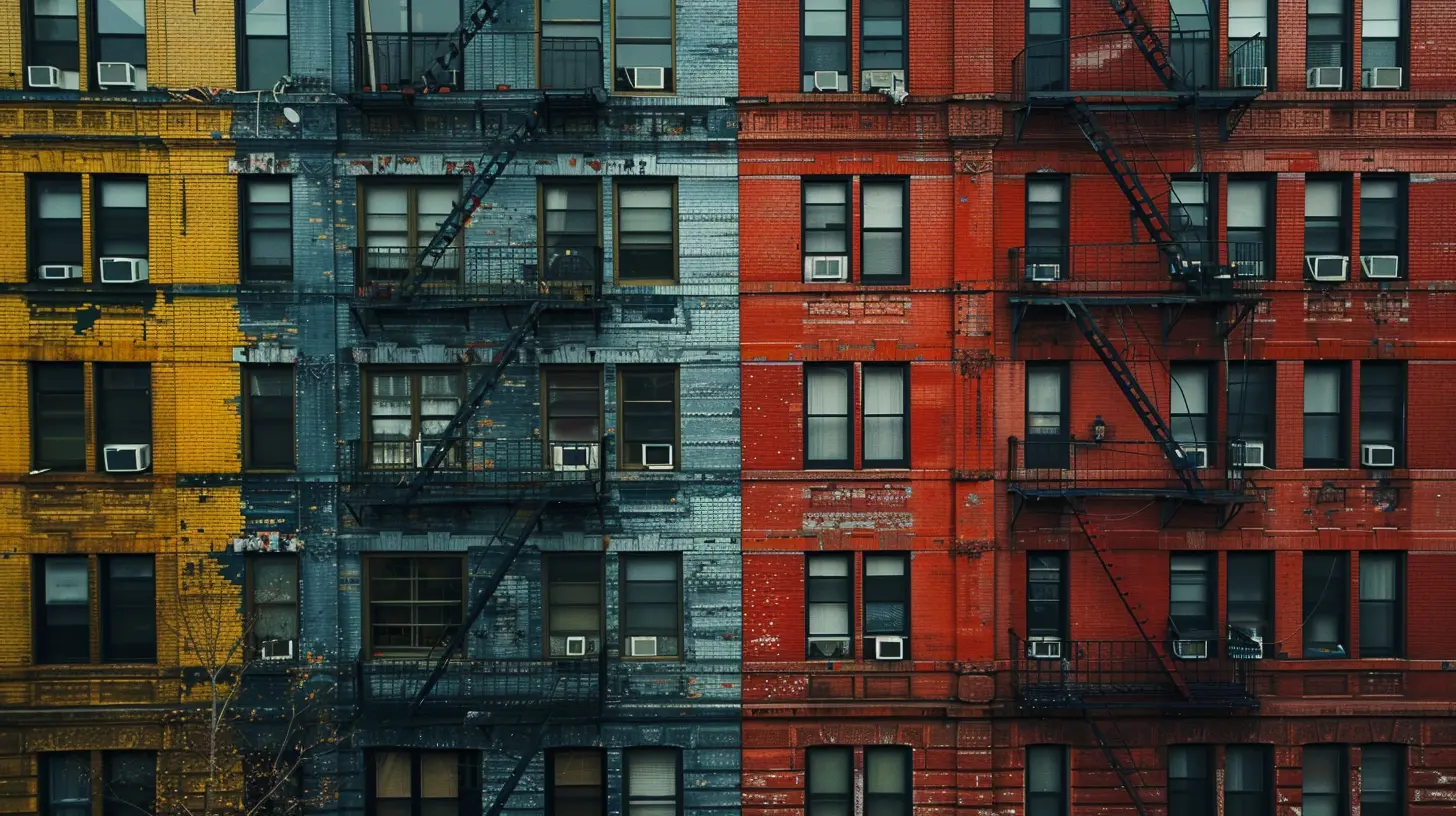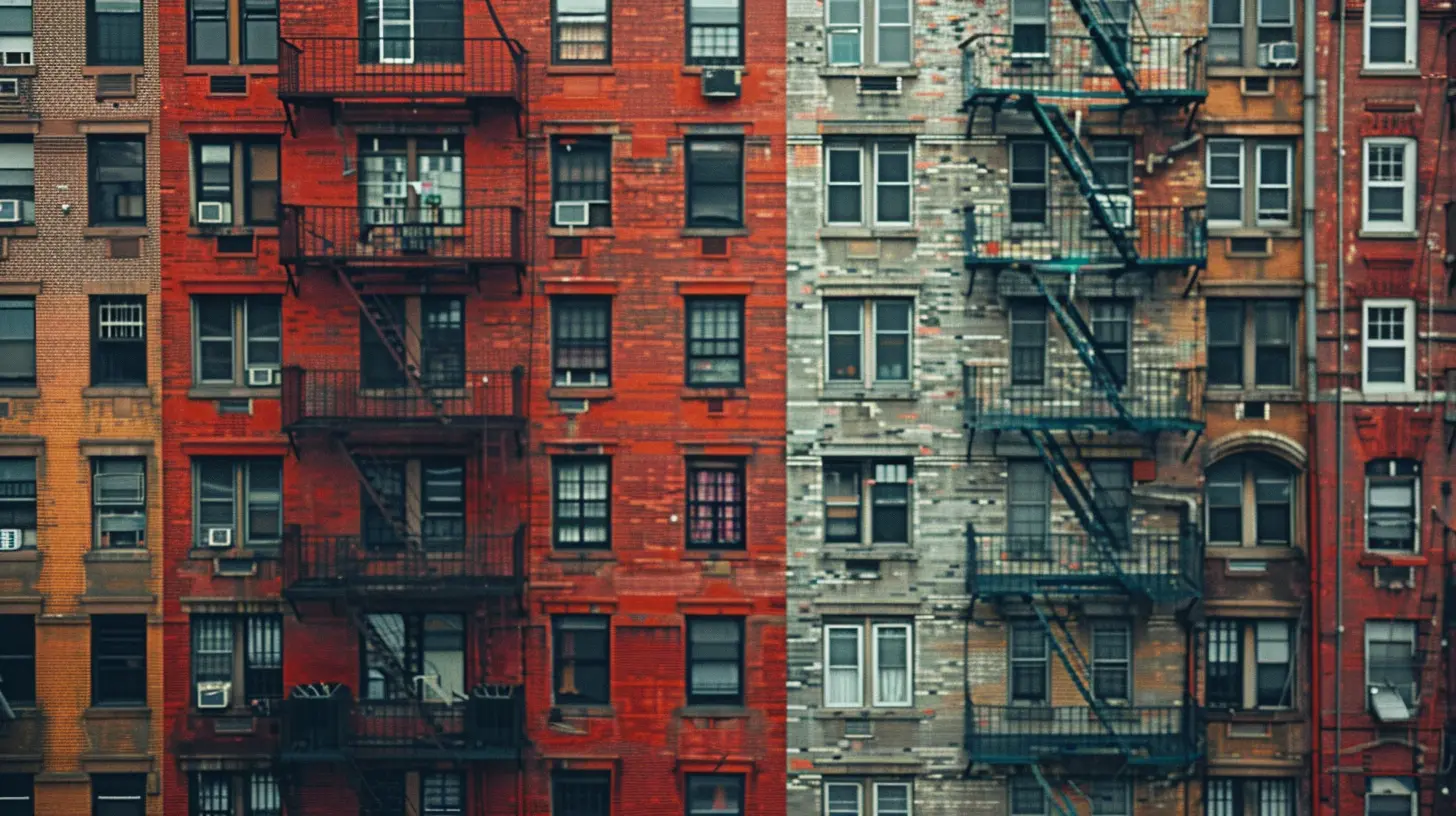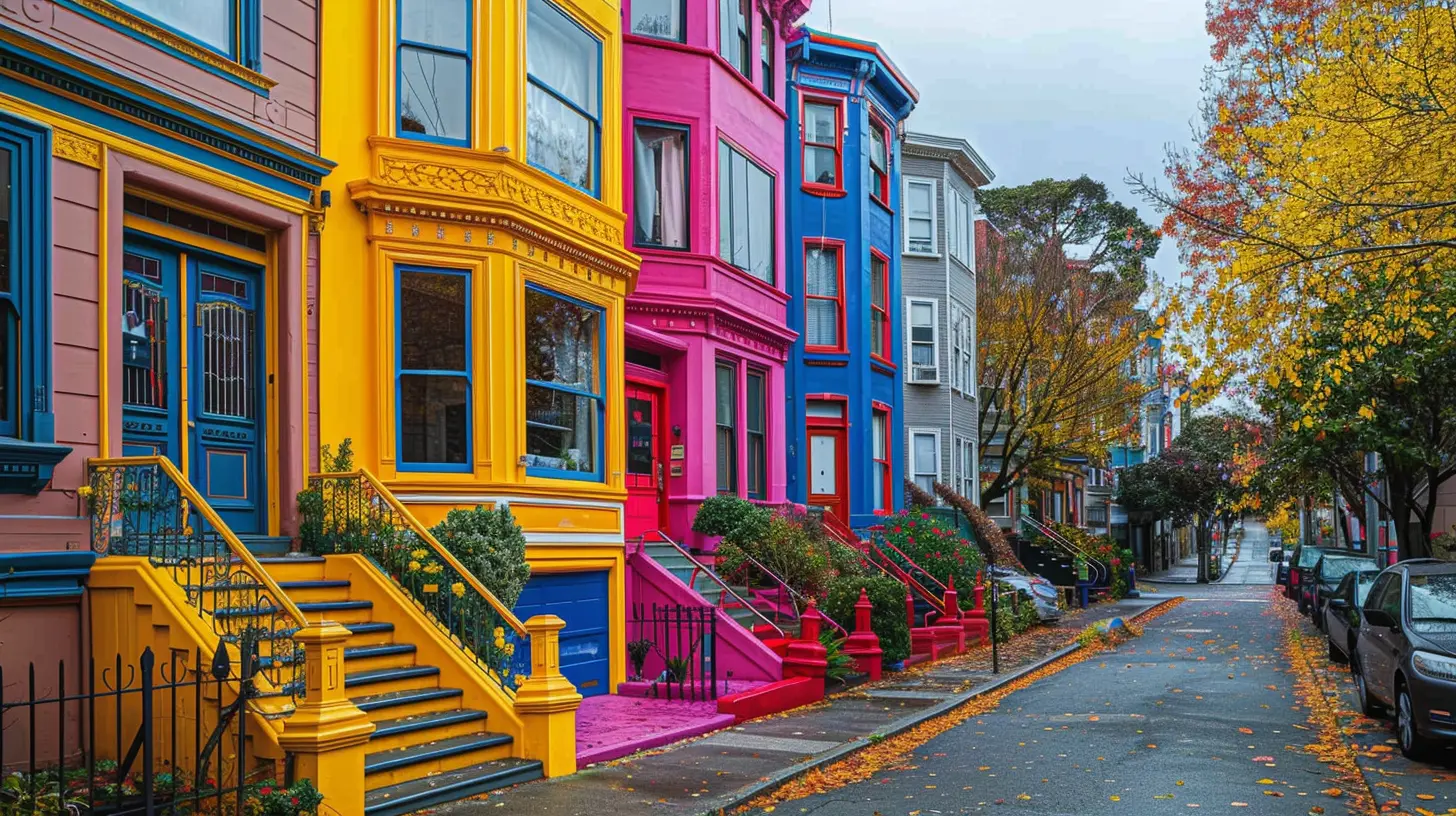Affordable Housing and the Income Gap
30 May 2025
Affordable housing is a basic need, yet for millions, it feels like an impossible dream. As the cost of living skyrockets and wages struggle to keep up, the gap between income and housing affordability widens. This issue isn't just about money—it's about stability, security, and opportunity.
But why is housing so expensive? And why do income levels fail to keep pace? Let’s dive into this growing crisis, break it down in simple terms, and explore potential solutions.

The Affordable Housing Crisis
Affordable housing means that a person or family spends no more than 30% of their income on housing costs. Anything more than that, and they’re considered “cost-burdened.” Yet, millions of people today are paying 50% or more of their income on rent or mortgage.Rent Prices vs. Wages: A Losing Battle
Think about it—if your monthly paycheck isn’t growing, but your rent keeps increasing, how do you keep up? The reality is that wages have remained relatively stagnant, while rent prices have skyrocketed across the country.- Median rent in U.S. cities has surged by over 30% in the past decade
- Minimum wage in many states hasn’t budged in years
- Middle-class families are now struggling, not just low-income individuals
The Income Gap: The Root of the Problem
While a lucky few see their salaries grow with promotions and job changes, millions of workers are stuck earning the same (or barely more) than they did years ago. Meanwhile, housing prices just won’t stop climbing.This growing income gap leads to an economy where low-income families are forced into financial stress, cutting corners on essentials like food, healthcare, and education just to afford a place to live.

Why Is Housing So Expensive?
We hear it all the time—"housing prices are out of control." But why? Several factors drive this crisis:1. High Demand, Low Supply
Basic economics tells us that when demand is high and supply is low, prices surge. And that’s exactly what’s happening in the housing market—especially in major cities.- Investors buy up properties, reducing the number of available homes
- Zoning laws limit how much housing can be built in certain areas
- Slow construction means homes aren’t being built fast enough to keep up with demand
2. Gentrification and Rising Neighborhood Costs
Gentrification is a double-edged sword. While it can bring new businesses and improve communities, it also pushes out lower-income residents as property values (and rents) rise.If you've ever seen a once-affordable neighborhood become filled with high-end restaurants and luxury apartments, you’ve witnessed gentrification in action.
3. Investors and the Housing Market
Real estate used to be about finding a place to live. Now, for many investors, it’s about profit.- Large investment firms buy up homes and turn them into rentals
- Short-term rental platforms (like Airbnb) reduce the number of long-term housing options
- Foreign investors purchase properties and leave them vacant, driving up prices further
4. Rising Construction Costs
The cost to build homes has soared due to:- Expensive materials like lumber and steel
- Shortages of skilled construction workers
- Strict building regulations that slow down development
All of these factors make it more expensive to build homes, which in turn makes buying (or renting) those homes more expensive for everyday people.

Who Suffers the Most from the Housing Crisis?
While nearly everyone feels the pinch of rising housing costs, certain groups bear the brunt of the crisis:1. Low-Income Families
If you're earning minimum wage (or close to it), affording a decent home is next to impossible. Many families have to choose between paying rent and buying essentials like groceries or medication.2. Millennials and Gen Z
Younger generations are delaying homeownership, marriage, and even having children because buying a home is no longer a realistic goal for many.3. Seniors on Fixed Incomes
Retirees who depend on Social Security or pensions often find that their housing costs eat up most of their limited income, leaving them struggling to cover other expenses.4. Essential Workers
Teachers, nurses, firefighters, and other essential workers are finding it harder to live in the cities where they work due to high housing costs.
Possible Solutions: How Do We Fix This?
The problem seems overwhelming, but there are real solutions that could help make housing more affordable for everyone.1. Increase Affordable Housing Development
Governments and private developers need to build more affordable units, especially in cities where demand is highest.- Incentives for developers to build affordable housing
- Streamlining the approval process for new housing projects
- Expanding public housing availability
2. Raise Wages to Match Living Costs
If wages kept pace with the cost of living, fewer people would be struggling. Some possible solutions include:- Raising the minimum wage
- Encouraging businesses to offer higher starting salaries
- Providing more job training programs for high-paying careers
3. Rent Control and Tenant Protections
Rent control laws can help prevent landlords from drastically increasing rent prices. Stronger protections for tenants can ensure that renters don’t face unfair evictions or illegal rent hikes.4. Invest in Public Transit and Infrastructure
Not everyone needs to live in crowded city centers. If we improve public transportation and infrastructure, people can live farther from expensive areas while still having access to work and essential services.5. Regulate Real Estate Investors
Large corporate investors buying up homes and increasing rents need to be regulated to stop them from worsening the affordability crisis.6. Tax Incentives for First-Time Homebuyers
Helping first-time homebuyers with tax breaks and lower interest rates could make homeownership a reality for more people.Final Thoughts
Affordable housing isn’t just a “poor people’s problem.” It affects everyone—from young professionals to retirees and essential workers. As the income gap widens, it’s getting harder for the average person to find a place they can afford.But with smart policies, better wages, and fairer housing markets, we can work toward a future where everyone has a safe, affordable place to call home.
all images in this post were generated using AI tools
Category:
Income InequalityAuthor:

Zavier Larsen
Discussion
rate this article
3 comments
Patrick McClellan
Affordable housing and the income gap? It’s like trying to find a unicorn that pays rent! Let’s face it, if my paycheck were a pizza, I’d still be starving while my landlord feasts on the entire pie. 🍕💸
June 12, 2025 at 2:34 AM

Zavier Larsen
Your analogy perfectly captures the struggle many face. Addressing the income gap is crucial for making affordable housing a reality, ensuring everyone gets a fair slice of the pie.
Elijah Gomez
Thank you for shedding light on the critical issue of affordable housing and the income gap. Your insights highlight the urgent need for innovative solutions to ensure equitable access to housing for all, fostering a stronger and more inclusive community.
June 2, 2025 at 11:18 AM

Zavier Larsen
Thank you for your thoughtful comments! I completely agree that innovative solutions are essential for addressing these pressing issues.
Amira Underwood
Affordable housing isn't just a privilege—it's a right. Tackling the income gap demands bold action from policymakers and communities alike. Without significant change, inequality will only worsen. Time for accountability!
May 30, 2025 at 4:29 AM

Zavier Larsen
I completely agree. Affordable housing is essential for equity, and it requires urgent, comprehensive action from all stakeholders to address the growing income gap. Accountability is key!



